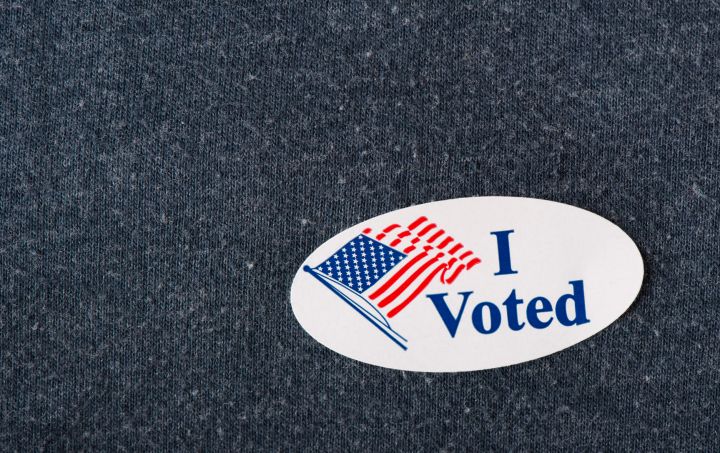
Members can place advanced reservations for cars for the covered time anytime after November 3, so if you’re a Zipcar member, or decide to join, get busy to nail down a car. The cars will be available in all U.S. Zipcar locations.
The Drive the Vote promotion is only good for evening voting. In the program’s FAQ, in response to a question about earlier voting, the company replied, “Zipcar wants to ensure that members who need to zip to the polls during the last few hours have free, easy access to transportation.” So no freebies during the daytime.
There are some other restrictions on the program. For example, if you reserve a car for, say 9 p.m. and then, maybe go to vote or maybe not, whatever, if you then use the car for another reason, the clocks starts with normal reservation fees at 10 p.m.
There’s no way for Zipcar to know if members are actually using the cars to get to polling places, but the company appealed to members’ support of the election, consideration, and sense of fair play. “We’ve made select Zipcars free to our members in an effort to make transportation on Election Day as easy as possible,” Zipcar states in the program FAQ. “Our intention is that these cars be available to people who are zipping to the polls or celebrating Election Day with their community. For this reason, we ask our members to be considerate of this as we’d like to make as many free Zipcars as possible available to those who need transportation for the election.”
So if you are going to an election party to wait for the results, don’t forget the reservation fees take effect at 10 p.m. local time.




